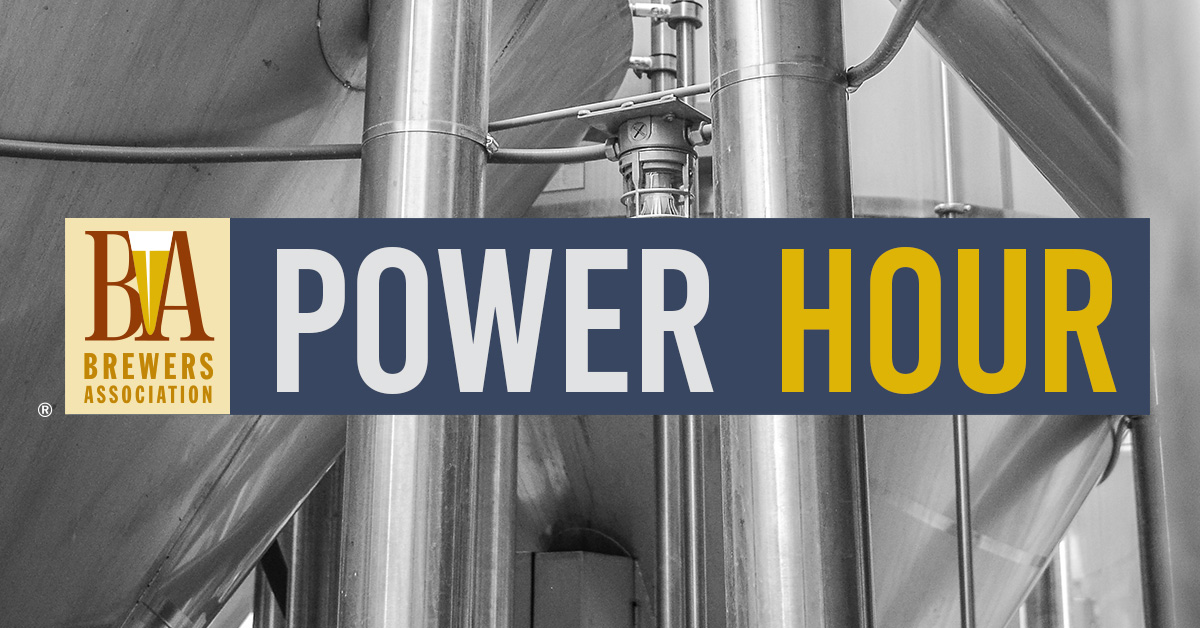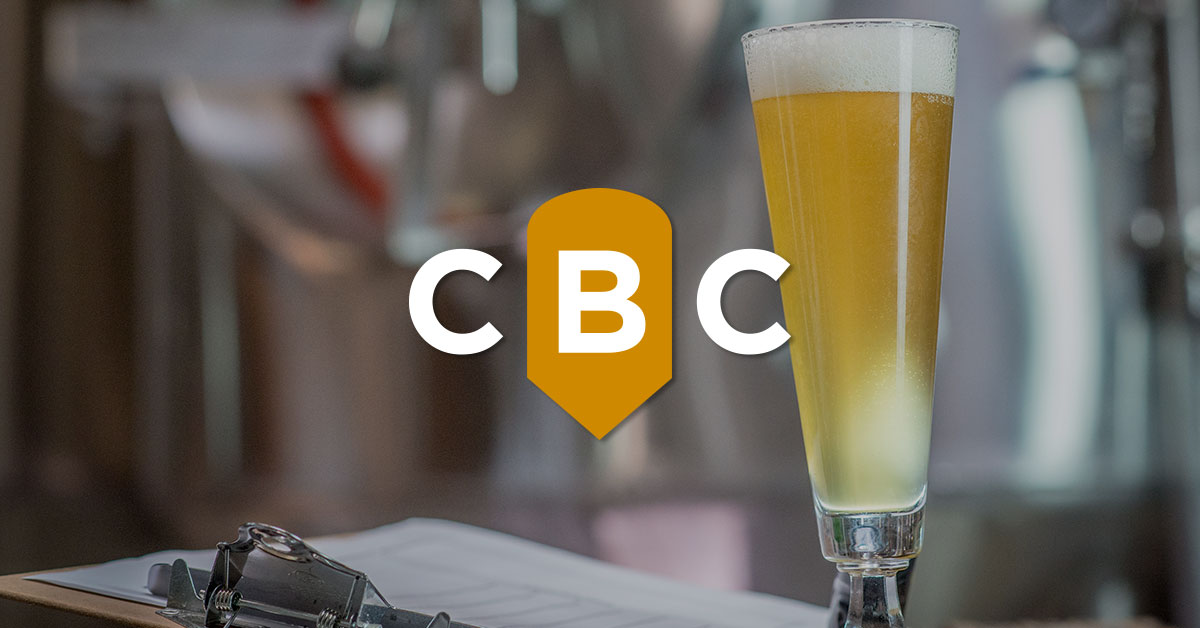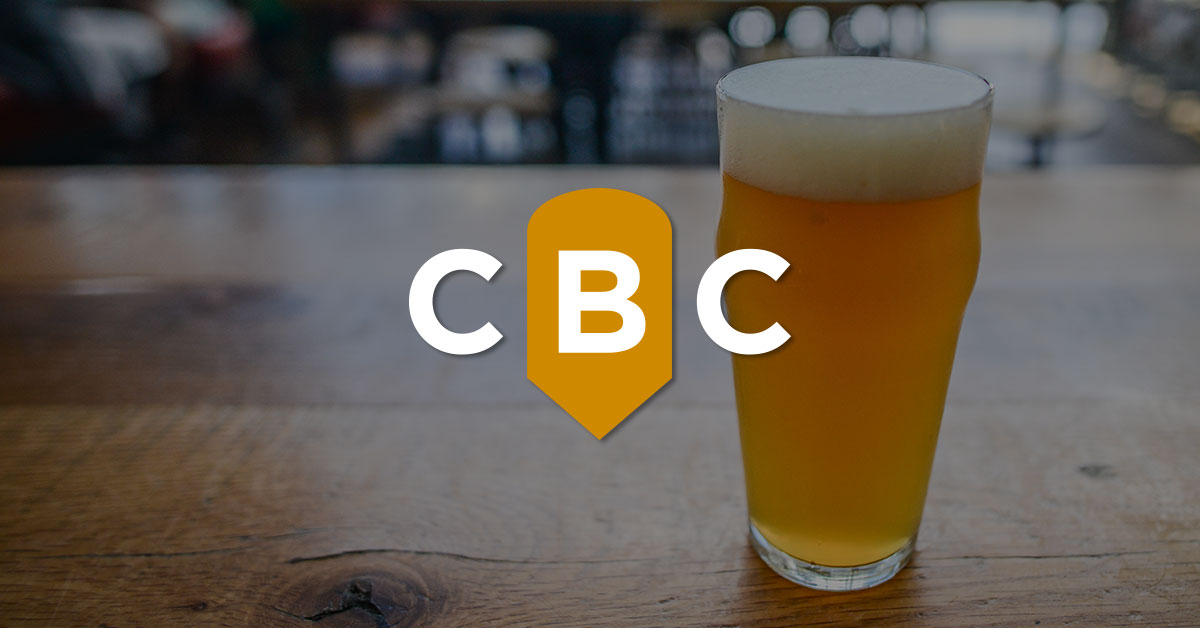
Impact of Biofilm on Draught Beer Quality
Learn what biofilm is, why it is challenging to remove, and the research being done to better understand and control biofilm in draught line systems.Read More
You are using an outdated browser not supported by The Brewers Association.
Please consider upgrading!
The resources in this section will help your brewery institute and maintain microbiology best practices, including how to identify and address an infection when it happens.

Learn what biofilm is, why it is challenging to remove, and the research being done to better understand and control biofilm in draught line systems.Read More

This joint project between the Brewers Association and the American Society of Brewing Chemists (ASBC) is designed to deliver basic quality methodology to attendees. Fermentation control is fundamental to brewing at any scale; yeast health and concentration have a profound …Read More

Understanding media selection and the techniques necessary for proper media usage are as important as identifying the organisms that grow on them. Join us for a presentation that will help you decide what types of media are best suited for …Read More

The kettle souring process is a commonly used method for creating refreshing sour beers in a relatively short period of time. The process, as commonly described, aims to create clean sour beers while minimizing the potential for off-flavor development. This …Read More

PCR (polymerase chain reaction) is a valuable analytical tool that can be used to test for spoilage bacteria and wild yeast in the brewery. This technology is more affordable and user-friendly than ever, and can dramatically improve microbiological control and …Read More

During every beer fermentation, a countless array of flavor byproducts is produced. Most of these compounds add to the character and complexity of the beer, but some can be considered off-flavors. One of these offenders is the buttered popcorn quality …Read More

Breweries are constantly fighting against microbial threats. This talk will focus on Saccharomyces cerevisiae var. diastaticus, an over-attenuating yeast. This organism makes use of sugars that are left over after fermentation and can wreak havoc, from out-of-ABV-compliance beer to bottle …Read More

This joint project between the Brewers Association and the American Society of Brewing Chemists (ASBC) is designed to deliver basic quality methodology to attendees. Fermentation control is fundamental to brewing at any scale; yeast health and concentration have a profound …Read More

This joint project between the Brewers Association and the American Society of Brewing Chemists (ASBC) is designed to deliver basic quality methodology to attendees. This session will be comprised of an overview and demonstration of traditional microbiological plating techniques (e.g. …Read More

Originally identified by New Carlsberg brewery in 1904 as “necessary for bringing English stock beers into proper condition, Brettanomyces yeasts are today best known for their devastating effects on wine quality. Recent growth in the production of American craft saisons …Read More